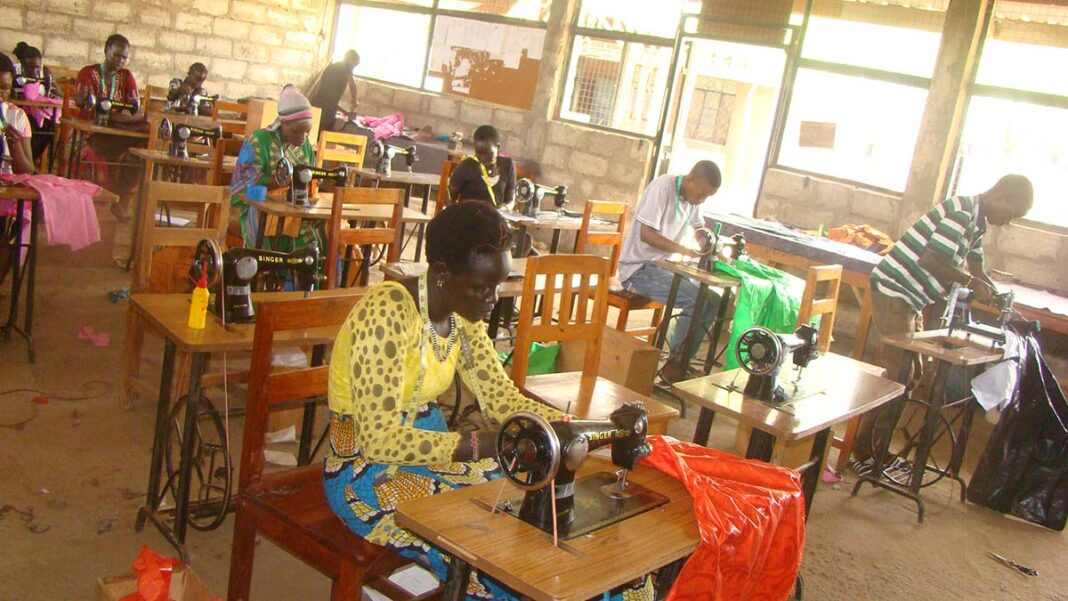Kakuma Refugee Camp was established in 1992 near Kenya’s border with South Sudan. It was a place of refuge for unaccompanied minors fleeing warring factions in what was then southern Sudan. Today, Kakuma Refugee Camp has more than 225,000 refugees from nine countries including South Sudan, Sudan, Somalia, Rwanda and Burundi. It is estimated that more than 50 percent of refugees are youth and children.
Operated by the United Nations Refugee Agency (UNHCR) in collaboration with Salesian missionaries as well as several other humanitarian organizations, Kakuma Refugee Camp offers refugees safety, security, and life-saving services such as housing, health care, clean water and sanitation.
Over the years, Salesian missionaries have developed a number of programs and services for the refugees in the camp. The Salesian Holy Cross Catholic Parish provides spiritual services at 10 out-stations spread across the camp. Father Eric Owuor, assistant parish priest and local economer, said, “As part of the pastoral program of the parish, we organize frequent youth seminars and workshops that are very handy in human and Christian formation to our young refugees.”
Salesians also launched the Savio Club in 2014 to provide character development for children in the camp. Mr. Kelvin, a catechist in the parish, noted, “There is an incredible difference between the children who have been through the Savio Club and the rest. They are very active in the church, are well behaved and also perform way better in school.” Today, there are more than 1,000 children involved in club activities.
To help refugees gain skills for employment while at Kakuma Refugee Camp, Salesians operate the Don Bosco Technical Institute in the camp with the help of UNHCR. The courses offered include masonry, electrical and solar, motor vehicle mechanics, plumbing, dressmaking, welding and fabrication, secretarial, computer, and literacy programs.
To increase access to the training, Salesians run four other centers across the camp that offer the same services. Over the years, Salesians have provided education to more than 3,000 refugees that have enabled them to earn a living in the camp and in their countries of origin.
According to the World Bank, more than 7.8 million people in Kenya are living in extreme poverty, the majority in rural areas. Those living on less than $1.90 a day in rural regions added up to some 6.6 million, while 1.1 million extreme poor people live in urban areas. Overall, the poverty incidence declined in recent years, but at a lower rate in urban areas than rural ones.
Youth living in Kenya’s larger cities like Nairobi live in slums and are at risk for exploitation, forced labor and other abuses. Few attend the later stages of school as compared to those living in Kenya’s more rural areas. The few schools serving this disadvantaged community are beyond the financial means of most families.




